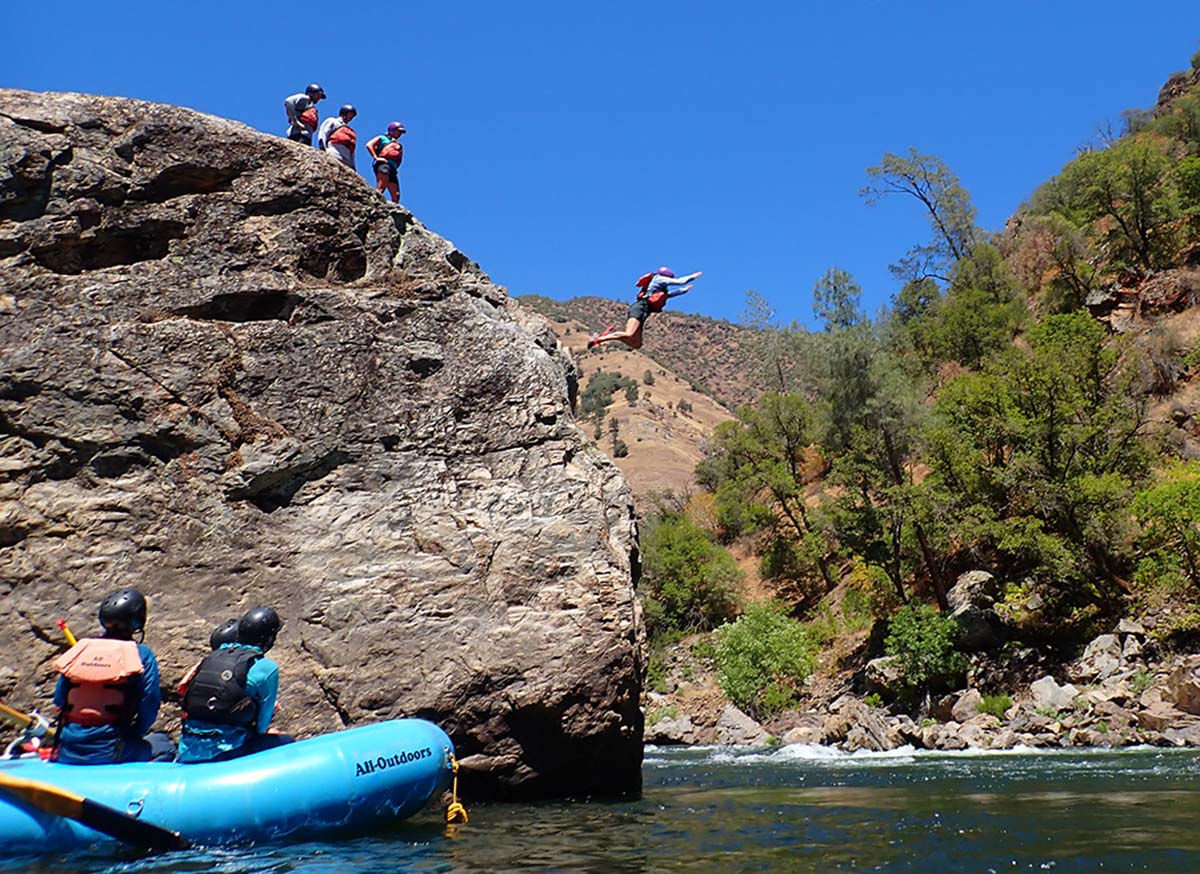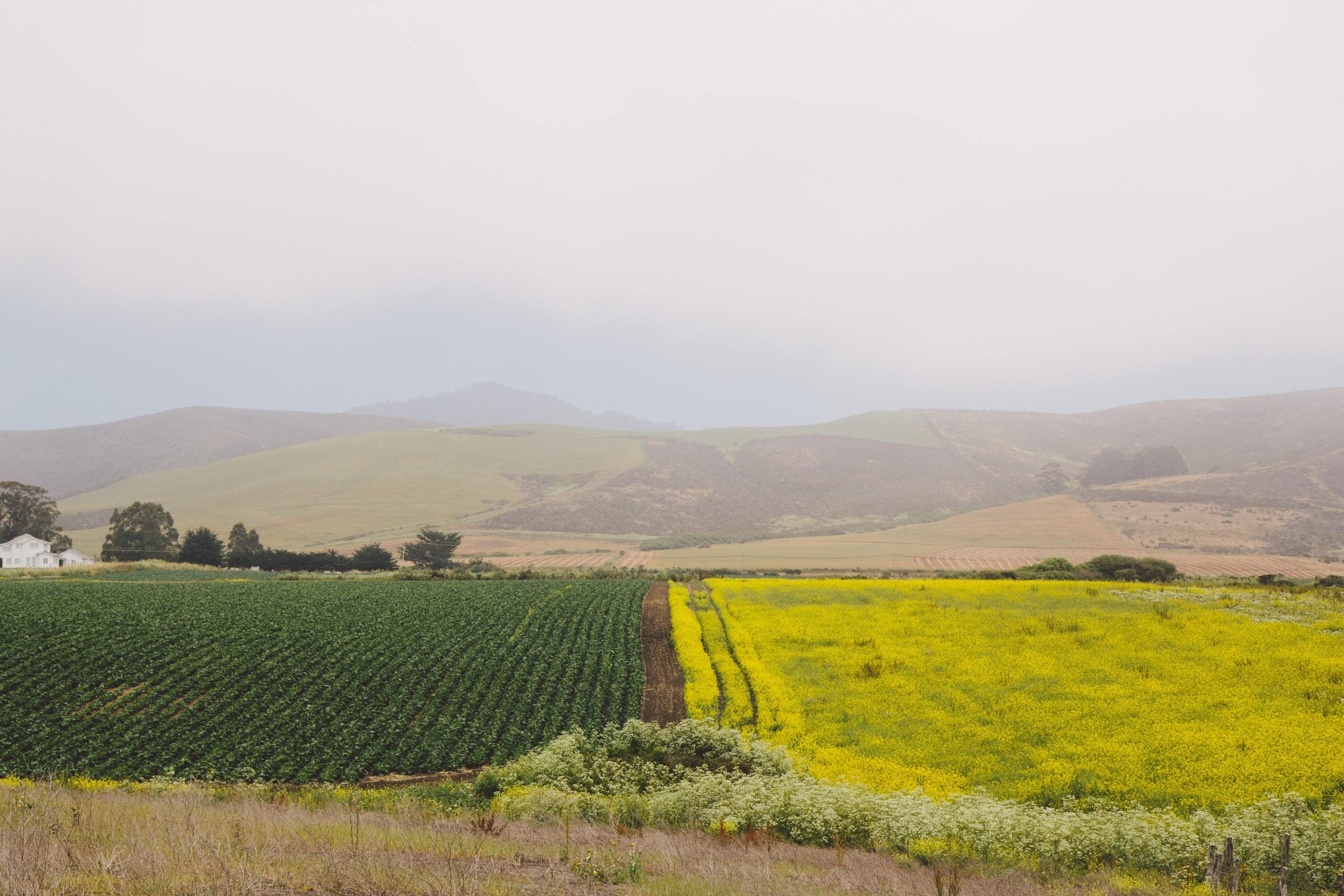This blog is co-authored with the California Water Data Consortium.
By Mike Myatt (Senior Director, Climate Resilient Water Systems – EDF) and Hannah Ake (Senior Program Manager – California Water Data Consortium)
A key first step toward managing groundwater sustainably in California, as required by the state’s Sustainable Groundwater Management Act (SGMA), is tracking how much water is being used and how much is available – otherwise known as water accounting – because you can’t manage what you don’t measure. This is especially true during drought.
To help groundwater agencies more easily track and communicate supply and demand, state water agencies, the California Water Data Consortium, and Environmental Defense Fund (EDF) announced a partnership last year to make an open-source Groundwater Accounting Platform (Platform) available to groundwater agencies. In the exciting latest news, three more water agencies have signed on to use the platform and help expand its functionality as the Department of Water Resources has committed more funding and expertise to further develop it. The Platform offers a readily accessible source code and is a cost-effective option for water managers to adapt and customize accounting practices; rather than developing their own tools from scratch. Read More












